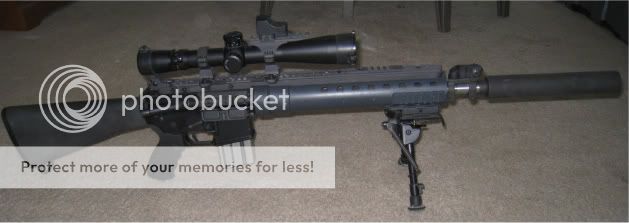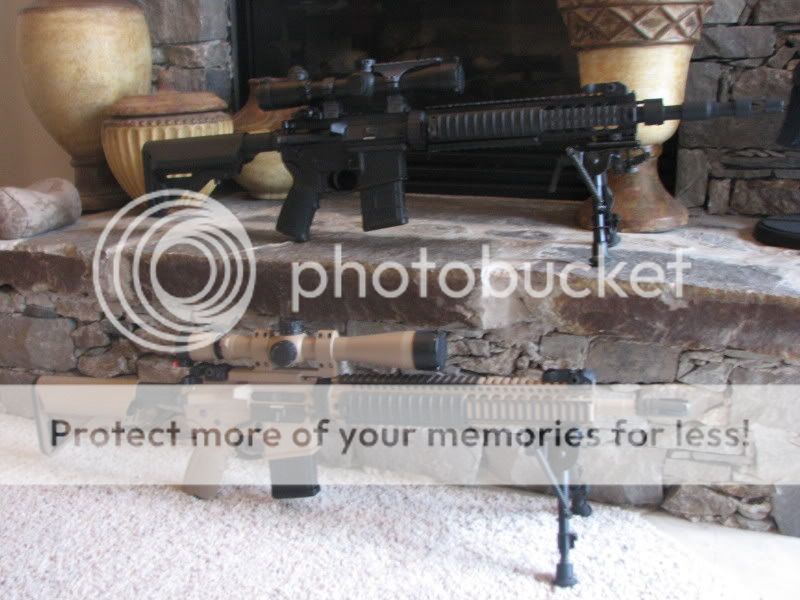A
arizonaguide
Guest
Okay, here's the deal. I'm limited on funds after purchasing pistols, and I'm at a loss deciding what to do for a 300-500yds semi-auto Carbine / Battle rifle.
I work at a gunshop and can have stuff transferred easily (if I can find it).
I was strongly considering trying to get an old M1 Garand, but I don't want to chance the 90day+ wait on the orders, in the race to beat the ban.
:uhh:
I would like to put something together (or find something) starting with $1000 or less (maybe dreaming). I can assemble a rifle fine, but don't want to try to bend/machine much of anything (as mentioned in the AK build).
Any suggestions?
Should I just try to get a lower receiver (if I can find one that will ship in a couple days available), and start from there (lots of $$$ to finish it these days)...or does anybody have any better suggestions? I'm still seeing Mini-14's for $900ish. SKS's also. M1 Carbines.
I can't decide about the best bang for the little bucks left (being in a hurry to beat any possible ban).
At least I've got the 1911 squared away now.
Thanks folks, for any advice.
:cool:
I work at a gunshop and can have stuff transferred easily (if I can find it).
I was strongly considering trying to get an old M1 Garand, but I don't want to chance the 90day+ wait on the orders, in the race to beat the ban.
:uhh:
I would like to put something together (or find something) starting with $1000 or less (maybe dreaming). I can assemble a rifle fine, but don't want to try to bend/machine much of anything (as mentioned in the AK build).
Any suggestions?
Should I just try to get a lower receiver (if I can find one that will ship in a couple days available), and start from there (lots of $$$ to finish it these days)...or does anybody have any better suggestions? I'm still seeing Mini-14's for $900ish. SKS's also. M1 Carbines.
I can't decide about the best bang for the little bucks left (being in a hurry to beat any possible ban).
At least I've got the 1911 squared away now.
Thanks folks, for any advice.
:cool:


